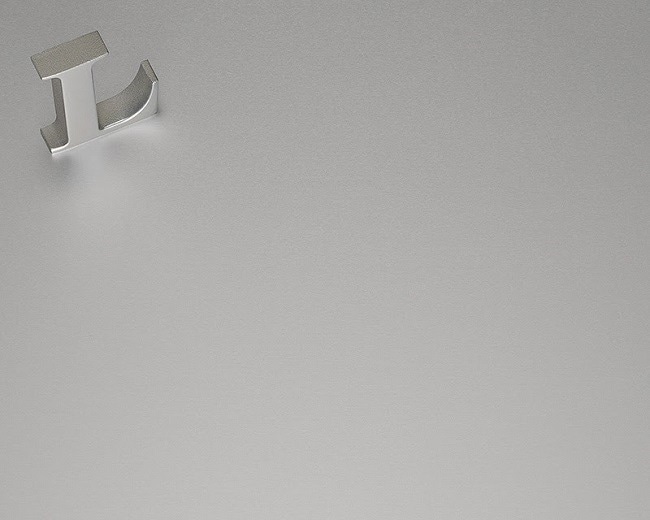Anodized aluminum exhibits a natural metallic beauty, making it a preferred choice by designers and architects. These finishes look like metal because the anodize layer is transparent, allowing a clear view of the base aluminum to show through. All aluminum can be anodized. However, many different alloys (series) of aluminum will produce different colors when anodized, depending on the particular alloy series and its constituents.

Image Credit: Lorin Industries
What Causes Color Variation of Anodize Aluminum?
Aluminum has trace amounts of other alloys and elements, such as (zinc, magnesium, and silicon) present in the alloy. These other elements do not respond the same as the aluminum does during anodizing. Generally, the purer the aluminum alloy, the more “clear” the anodized product will be. At Lorin, we prefer to use AQ (Anodized Quality) alloys, mainly (5000 series). Of course, during the anodizing process, there are other variables to consider, such as pretreatment and anodized film thickness.
How Can Color Variance Be Minimized?
Many specifiers and designers do not know that color variation experienced in the anodize process is mainly due to variances in the metals (alloy series) used. Different alloys anodize different colors.
Additionally, when ingots are cast at the mill and processed together to create the specific alloy, there is a good level of consistency of appearance. That is why it is important to try to make sure to use the same, or consistent mill lots to create a high level of visual consistency. Conversely, when different mill lots are used, there can be differences in appearance even with clear anodized. With respect to the anodizing process, there are many anodizing conditions, such as different acid concentrations, different operating temperatures, anodizing additives, and anodizing current density, to name a few. With Lorin’s continuous coil process, every inch of the entire coil spends the same amount of time in each part of the process. This allows Lorin to create an unmatched level of consistency, assuring the colors and finishes look the same throughout the coils produced.
Installation
Another consideration in color variation is installation. The anodic layer is a translucent, crystalline structure like a sapphire, and just like the gemstone, its appearance will vary with different light conditions and viewing angles. Panels need to be installed in parallel with the aluminum grain, going in the same direction. Even a few degrees of deviation may cause a difference in appearance or non-uniformity.
Summary
To ensure the best color control it is important to use the same alloy, same anodizer and same lot of material (ingot of aluminum) when designing a project.